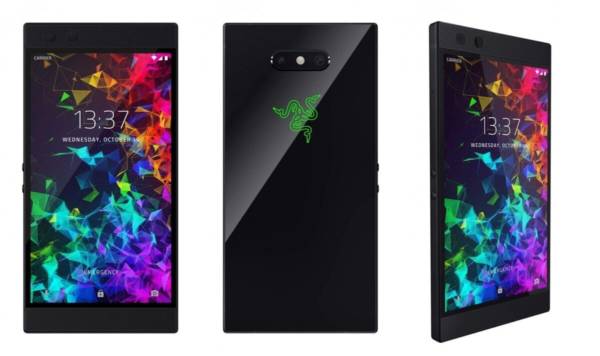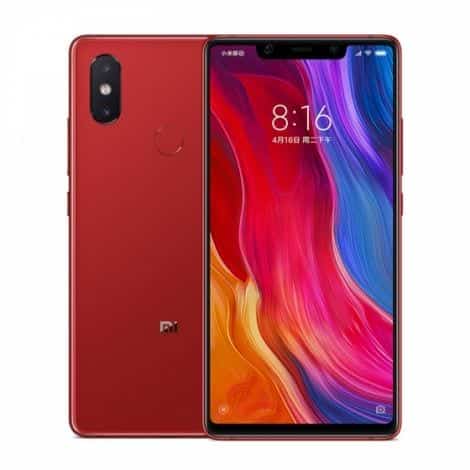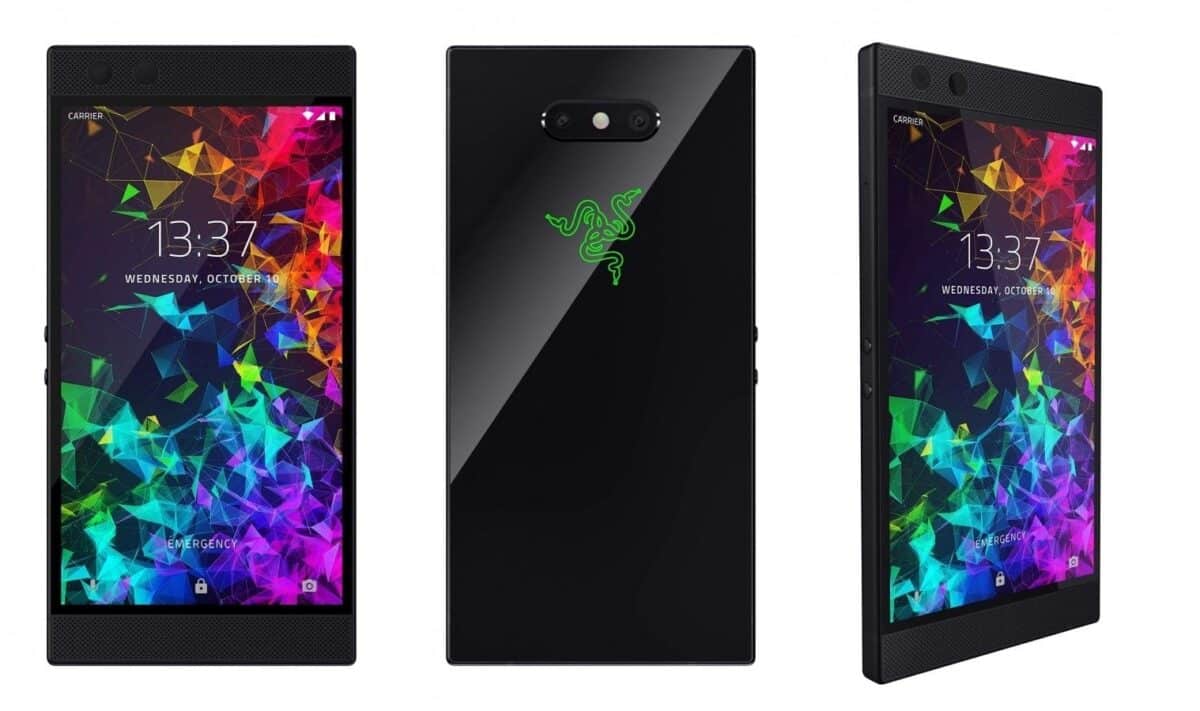Razer Phone 2 is a gaming smartphone that sports an awful design with impressive features like wireless charging, dust and water resistant plus a vapor chamber cooling system. It’s one of the best and flagship phone from the company and they built the phone with gaming in mind. On the Xiaomi Mi 8 smartphone, you will be greeted with a good and classic looking device that sport’s a decent hardware and enough inbuilt memory.
It’s one of the best and affordable flagship phones and in this post, we will be comparing it with the Razer Phone 2.


Razer Phone 2 VS Xiaomi Mi 8 – Design Comparison
On the design, you might likely jump to the Xiaomi Mi 8 smartphone because of the smooth and small bezel on the phone. It’s true that the Razer Phone 2 is not that good looking, despite that many will still prefer the phone because it’s both dust and water resistant and the body sport’s a premium aluminum material. It has body dimensions of 78.98 mm x 158.5 mm x 8.5 mm and it weighs 220 gram. The Xiaomi Mi 8 will definitely be a choice for many even though it does not have an IP68 rating, the phone is more beautiful than it’s rival. It’s built with glass and metal and it has body dimensions of 74.8 mm x 154.9 mm x 7.6 mm and it weighs 175 gram. The Razer Phone 2 is available only in Black colors while the Xiaomi Mi 8 is available in White, Black, Blue, and Gold colors.
Razer Phone 2 VS Xiaomi Mi 8 – Display Comparison
The Razer Phone 2 has a big bezel on both the top and bottom on the front which the maker claims that it’s where the stereo speakers are located. It has a screen size of 5.72 inches QHD under IGZO capacitive touchscreen with a screen resolution of 1440×2560 Pixels and 513 PPI density. The phone is covered with a corning gorilla glass 5 and it has a 72.28% screen to body ratio. The Xiaomi Mi 8 has a large screen size of 6.21 inches FHD+ under AMOLED capacitive touchscreen with screen resolution of 2248 x 1080 Pixels and 402 pixels per inch density. It’s also protected by a corning gorilla glass and it has a higher screen to body ratio of 84%.
Razer Phone 2 VS Xiaomi Mi 8 – Camera Comparison
Both phones have the same rear cameras of 12 Megapixels + 12 Megapixels with dual LED flash and 4K videos recording coupled with other internal features. For selfies, the Razer Phone 2 has a front facing camera of 8 MP with F2.0 Aperture whereas the Xiaomi Mi 8 has a front camera of 20 Megapixels with f/2.0 Aperture, Infrared Face Recognition, and 1.8 µm Pixel Size. On the camera department, the Xiaomi Mi 8 has the point.
Razer Phone 2 VS Xiaomi Mi 8 – Performance Comparison
The Razer Phone 2 and the Xiaomi Mi 8 has the same Qualcomm Snapdragon 845 drive by an octa-core running at a speed of 2.8 GHz. Both phones have 8-core with Qualcomm Adreno 630 GPU and the processor is built with 10nm process node. The Razer Phone 2 has a huge RAM of 8GB with 64GB of inbuilt memory while the Xiaomi Mi 8 has 6GB of RAM with an inbuilt memory of 64GB, 128GB, and 256GB. Both phones are powered by Android 8.1 Oreo operating system and they have support for 4G LTE network.
Razer Phone 2 VS Xiaomi Mi 8 – Battery & Price
The Razer Phone 2 has a nonremovable battery capacity of 4000 mAh with both fast and wireless charging technology, while the Xiaomi Mi 8 has a battery capacity of 3400 mAh with fast charging technology. The Xiaomi Mi 8 will cost $450, while the Razer Phone 2 official price is £779.99.
Buy Xiaomi Mi 8 & Pay On Delivery: View Offer On GearBest
Our Verdict:
It’s true that the Razer Phone 2 will deliver superbly performance when gaming making it a better phone for gamers, but if you are just an average phone user’s that only play games during leisure time, then the Xiaomi Mi 8 will be your best bet. And to cap it all, the Mi 8 is more affordable and it looks more classic than it’s rival.

